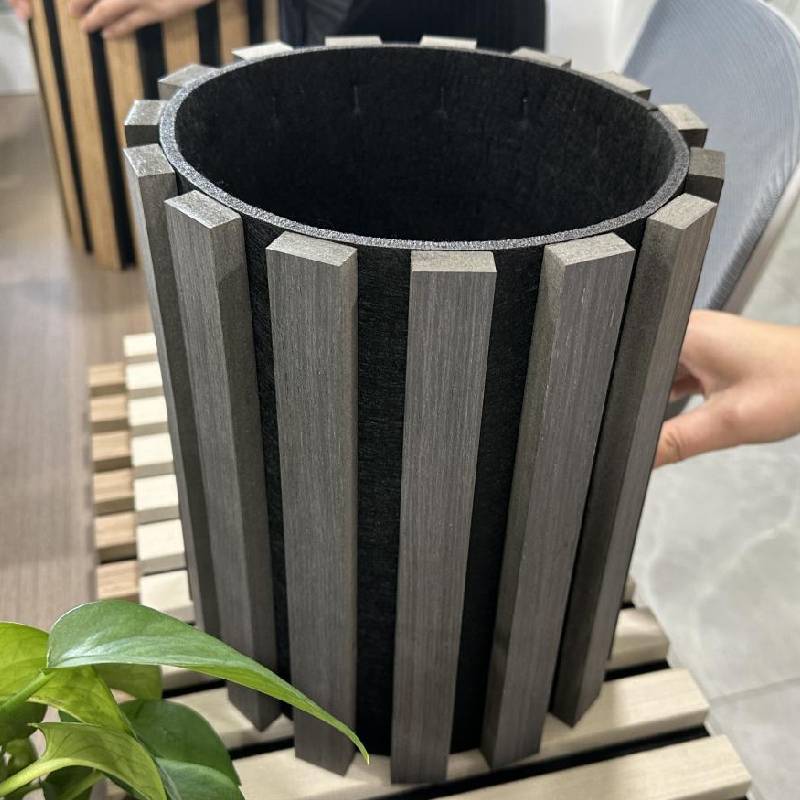The Sound Insulation Properties of Gypsum Board
Gypsum board, commonly known as drywall or plasterboard, is a building material widely used in interior construction. One of its most notable qualities is its excellent sound insulation properties, making it an ideal choice for various applications where noise control is paramount. Understanding the mechanics behind gypsum board’s sound insulation can help builders and homeowners make informed decisions regarding their construction projects.
Composition and Structure
Gypsum board consists of a core made primarily of gypsum, a mineral naturally occurring from hydrated calcium sulfate. The core is sandwiched between two sheets of heavy paper or fiberglass, forming a rigid panel. The density and thickness of the board play significant roles in its sound insulation capabilities. Thicker boards generally provide better soundproofing due to their increased mass, which helps to dampen sound waves.
Sound Transmission Class (STC) Ratings
The effectiveness of gypsum board in sound insulation can be measured using the Sound Transmission Class (STC) rating. This rating indicates how well a building material can reduce sound transmission through it. Gypsum board typically exhibits STC ratings ranging from 30 to 70, depending on its thickness, the presence of additional layers, and the overall wall assembly in which it is used. Higher STC ratings signify better sound attenuation, making it an excellent choice for walls, ceilings, and floors in residential and commercial buildings alike.
Mechanisms of Sound Insulation
The ability of gypsum board to insulate against sound operates through several mechanisms
gypsum board sound insulation

1. Mass The weight of the gypsum board contributes to sound blocking. Heavier materials are more effective at preventing sound waves from passing through.
2. Damping Gypsum board has a natural ability to attenuate sound vibrations, turning them into a small amount of heat energy. This damping effect is enhanced when multiple layers of board are used.
3. Decoupling When gypsum board is installed in conjunction with resilient channels or acoustic isolators, sound transmission can be further reduced. These materials create a separation between the gypsum board and the framing structure, preventing sound vibrations from transferring directly through the wall.
4. Absorption Although gypsum board is not as effective as specialized acoustic materials at absorbing sound, it does have some capacity to reduce reverberation in a room, contributing to an overall quieter environment.
Applications
Due to its sound insulation properties, gypsum board is frequently used in various settings. In residential buildings, it is commonly employed in the construction of party walls between units, offering privacy and peace. In commercial spaces, gypsum board is often utilized in conference rooms, offices, and public areas, where a quiet atmosphere is essential for productivity and comfort.
Conclusion
Gypsum board is an invaluable material in modern construction, particularly when it comes to controlling sound transmission. Its effective sound insulation properties, characterized by mass, damping, decoupling, and limited absorption, make it a popular choice among architects and builders. With continued advancements in construction technology, the potential for enhanced soundproofing techniques using gypsum board is promising, paving the way for quieter and more comfortable living and working spaces in the future.
-
Waterproof Dog Blankets for Indoor and Outdoor UseNewsAug.01,2025
-
Sustainable Wool Cat Beds Eco-Friendly Choices for Pet OwnersNewsAug.01,2025
-
Snuffle Ball Benefits for Dogs Mental Stimulation and ExerciseNewsAug.01,2025
-
Puppy Treat Puzzles as Social Tools Fostering Bonding Through PlayNewsAug.01,2025
-
Custom Wooden Pet Houses Tailored to Your Pet’s PersonalityNewsAug.01,2025
-
Corrosion Resistance in Environments: A Guide for Washer Hose ClampsNewsAug.01,2025
